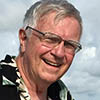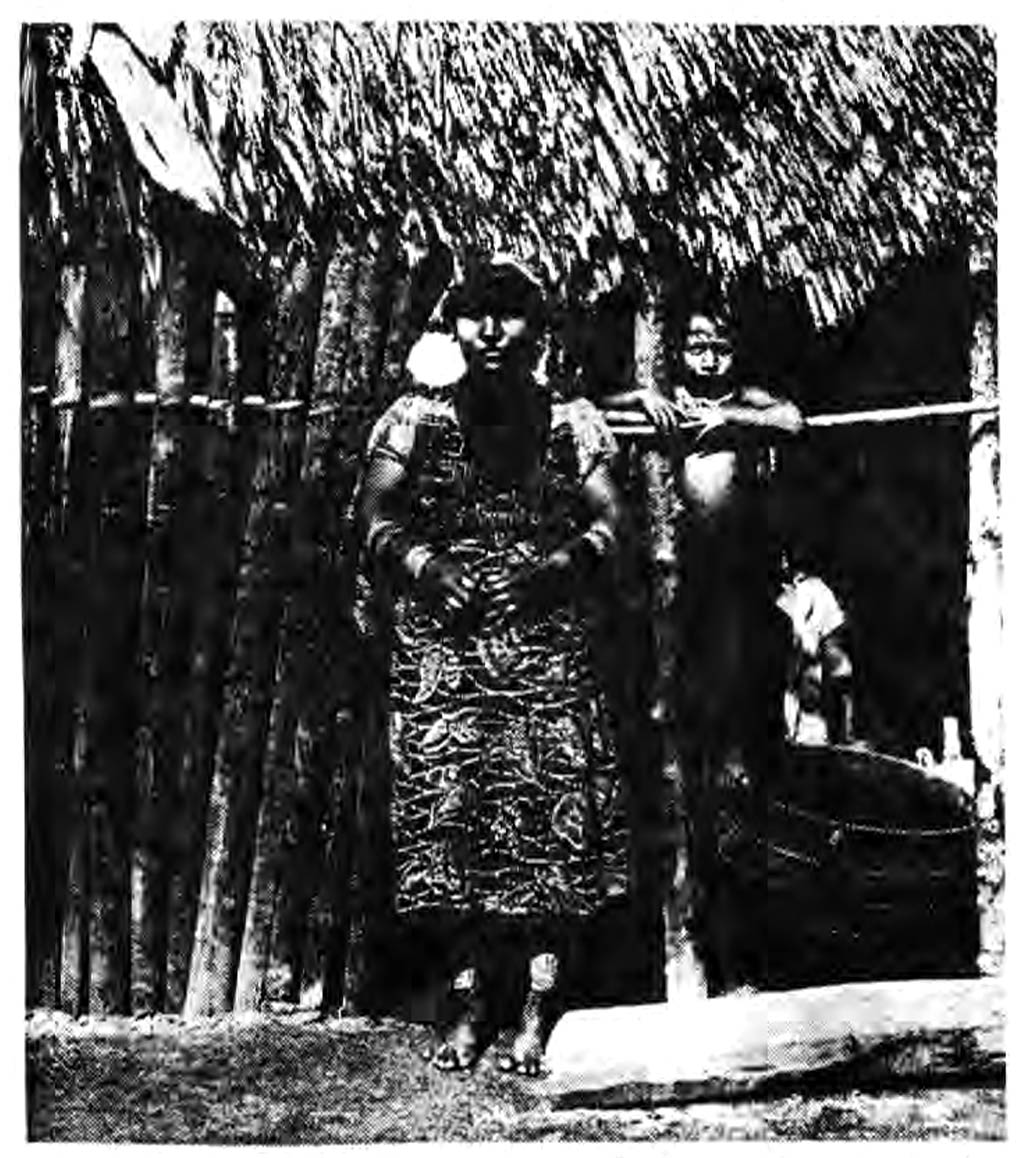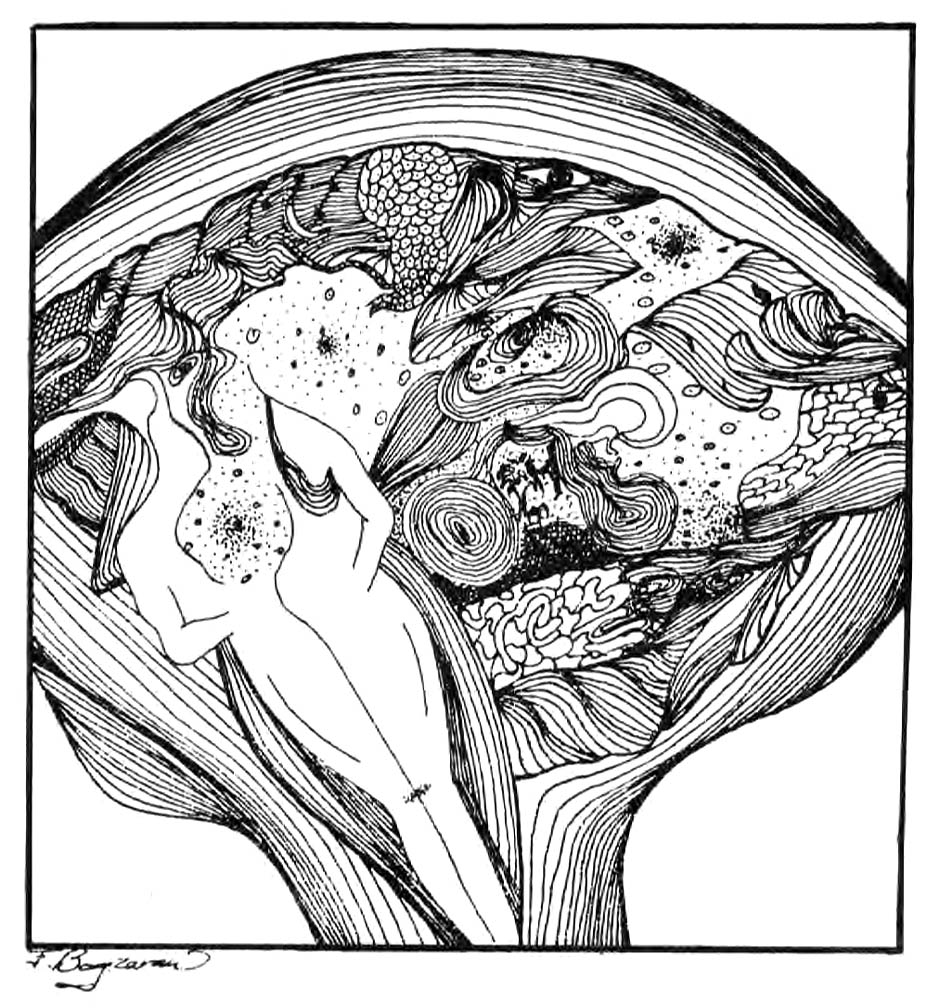
On a bright April morning in 1975, I had the following dream: Across the room from where I sat frustrated by my inability to create, a group of women taught arts and crafts at large tables. I arose from my lonely corner to leave in a spirit of failure and despair. As I walked away, a voice boomed out "At least there is AION!" I awoke to the new day in Zurich, Switzerland with the letters A-I-O-N emblazoned on my mind. I walked to the morning lecture at the Jung Institute - puzzled. What is AION?
At noon I joined a friend for lunch in his room near the Institute. As I related my dream, I looked to the bookshelf to my right. Squarely before my eyes stood the title AION: The Phenomenology of The Self (Vol. 9.,11 The Collected Works of C. G. Jung). This and other synchronistic events and dreams confirmed my calling to work on the frontiers of inner space.
Whereas many Jungians explored the depths of symbols, archetypes, complexes and myths, I was drawn to Jung's idea of active imagination and the transcendent function.
Waking Dream Re-entry
Waking dream re-entry is a particular approach to active imagination in which the dreamer re-enters the dream space while fully awake. Effective questions assist the dreamer to act consciously within the waking dream.
Stampeded by My First Love: A dreamer shared a recurring nightmare, still vivid after forty years. "I was standing on a path in a meadow where horses were grazing. The horses stampeded. I fell on the path and awoke in terror as their hooves crashed down on my face.
When asked: "Can you see yourself in the dream?" she responded, "Yes." "How old are you?" "Four!" she responded in surprise. "What was happening when you were four?" "Oh! That was when my parents divorced. They sent me to my grandparents' horse ranch." "What is important to you about horses?" "They are my first love. Ah! I see."
Can you see yourself in the dream now?" "Yes." "What do you see?" "I see the horses coming. I fall. I wake up as the hooves come down on my face." "Now, go back, only this time stay in the dream. If you could do anything differently, what would you do?" "If I could reach up and grab a mane, I might save myself." "Go there now. Do you see it?" "Yes. The horses are bearing down. I reach up and grab the mane of a big chestnut. I pull myself up on his back. Wow!" "What is happening now?" "I feel his power beneath me. I feel on top of things." "What do you want to do?" "I want to ride off... Oh! I didn't realize how angry I felt toward my parents for leaving me."
Instant Re-play and The Inner Image
Instant re-play allows the dreamer, who has wandered up a blind alley, to return to the point of choice and pursue a course of action from a new emotional standpoint. The ability to explore various emotional choices to their natural end, in the waking dream, provides the dreamer clear pictures of the obstacles and consequences of paths that might otherwise prove costly in waking life.
From Jung's definition of the inner image, as a "condensed expression of the psychic situation as a whole", it follows that as the psychic situation changes so does the inner image; and as the inner image changes, so does the psychic situation. The goal is to participate consciously in the movement of the psyche as it spontaneously reflects its responses to our actions and choices within the waking dream.
By discovering ways that the psyche moves us toward healing and reconciliation, we learn how to accelerate the healing relationship between the dreamer, the dreamed, and the world.








